Victorian Architecture
The architectural profession is largely a Victorian creation. In the 18th century it was common for architects to act as developers and surveyors too, but by the 1820s such roles were being devolved, leaving architects free to experiment with a profusion of styles.
A NEW PROFESSION
The identity of the profession was cemented by the creation in 1834 of the Institute of British Architects (from 1837 the Royal Institute of British Architects). Its first president was Earl de Grey, who had designed his own house in the 1830s at Wrest Park, Bedfordshire, in a French Baroque style. Such amateur architects had largely disappeared by the end of the century.
The designers of many of England’s 19th-century buildings were the largely anonymous in-house architects of building firms such as Thomas Cubitt. Cubitt himself built large parts of Belgravia and Pimlico in London, as well as Osborne House on the Isle of Wight for the royal family.
BUILDING REVOLUTION
Changes in the building world had just as much of an impact on the look of Victorian buildings as the contribution of architects.
The arrival of the railways gave firms such as Cubitt a national reach and meant that, for example, Welsh slates largely replaced tiles in many parts of Britain. Other technical developments included iron-framed construction, plate glass, terracotta and polished granite, commercially available for the first time thanks to steam power.
Brodsworth Hall, Yorkshire (1863), built during the peak decade of country house construction, is just such a product of the railway age. It was completed within two years and entirely furnished by the London firm Lapworths, with Minton tiles and machine-made carpets.
CLASSICAL VERSUS GOTHIC
Most Victorian buildings were classical, although the style was used with greater flexibility and variety than ever before. It could encompass both the formal magnificence of such buildings as Witley Court, Worcestershire, and the picturesque Italian Renaissance of Osborne House.
In the middle of the century, however, classical styles were being fiercely challenged by the Gothic Revival.
This was promoted by its adherents for a number of reasons. It was regarded as the national style, which is why it was chosen for the design of the new Houses of Parliament after the old Palace of Westminster was destroyed by fire in 1834. It symbolised the traditional identity of Christianity, and thus became the preferred style for Anglican churches.
It was also a style that encouraged architects to collaborate with artists and other designers to create sculpture, wall-paintings and stained glass. William Burges’s St Mary's, Studley Royal, North Yorkshire, is a magnificent demonstration of what such collaborations could achieve.
REVIVING CRAFTS
Partly because it had such unshakeable religious overtones, Gothic failed to become a universal style. Its emphasis on the architectural crafts had an important legacy, though, in the form of the Arts and Crafts movement, whose most famous proponent was William Morris, a trained architect.
Arts and Crafts combined a strong interest in the Middle Ages and the revival of traditional crafts with a rejection of many of the technological innovations that had made mid-Victorian architecture so distinctive. The impact of Arts and Crafts designers was felt largely in houses of modest size, such as the remodelled monastic guest house at Mount Grace Priory, North Yorkshire.
CIVIC PRIDE
Despite the international interest in the Arts and Crafts movement, it was just one strand in the varied architectural landscape of late Victorian England.
Across the country local pride transformed towns and cities with new town halls, libraries, museums, concert halls and schools, built in Gothic, neoclassical and Italianate styles. This was a golden age of civic as well as church architecture.
Victorian Stories
-
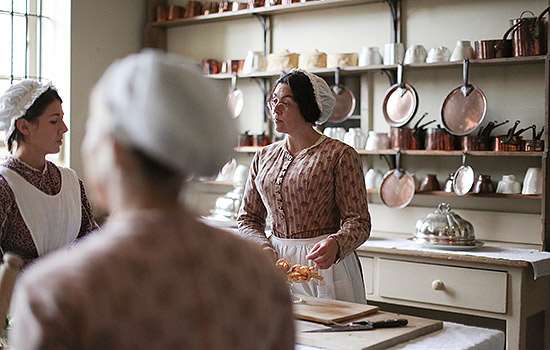
Below Stairs at Audley End
What were Victorian servants’ lives like? Discover the stories of the men, women and children who worked at Audley End House, Essex, in the 1880s.
-
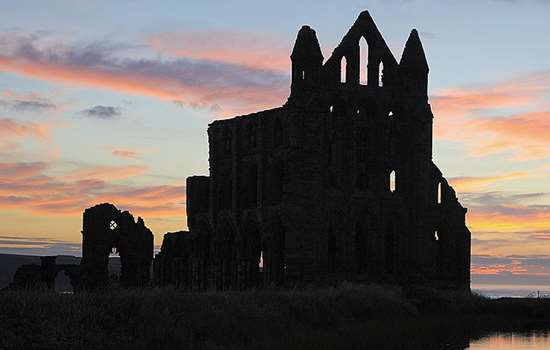
How Dracula Came to Whitby
How Bram Stoker’s visit to the town of Whitby provided him with atmospheric locations for a Gothic novel – and a name for his famous vampire.
-
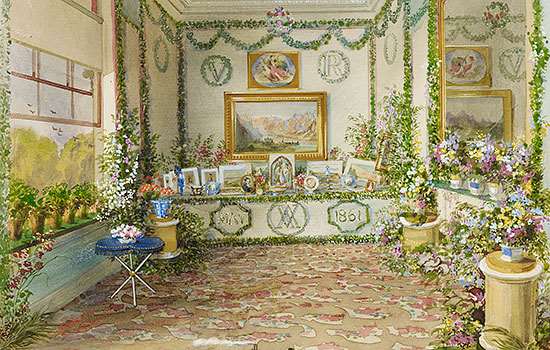
Birthdays at Osborne
Find out how Queen Victoria and Prince Albert celebrated their birthdays, and what the gifts they exchanged tell us about their private lives.
-
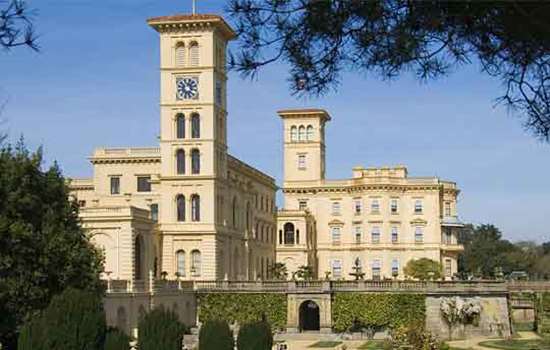
The ‘Osborne Style’: From Naples to Melbourne
How Osborne House’s Italianate design – the inspiration of Prince Albert – came to be imitated in public buildings throughout the British Empire.
-
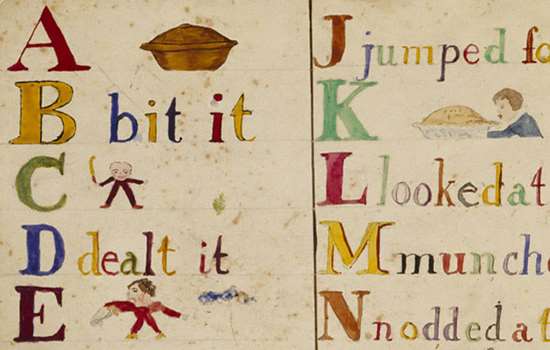
The Darwin Family at Down House
How Charles and Emma Darwin’s children were both seen and heard during their surprisingly boisterous childhood at Down House in Kent.
-
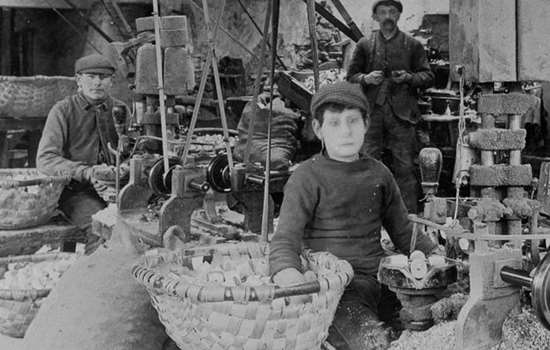
Child Labour in the Lake District
Stott Park Bobbin Mill is located in an idyllic spot, but life was far from ideal for the ‘bobbin boys’ who worked there in the 19th century.
-
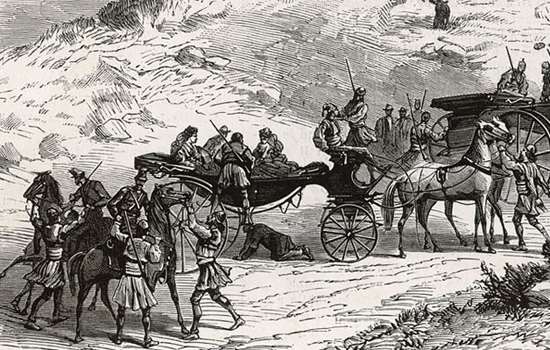
The Dilessi Massacre and a Gothic Revival Masterpiece
How the death of a young English aristocrat taken hostage in Greece inspired the building of St Mary’s Church, Studley Royal.
-
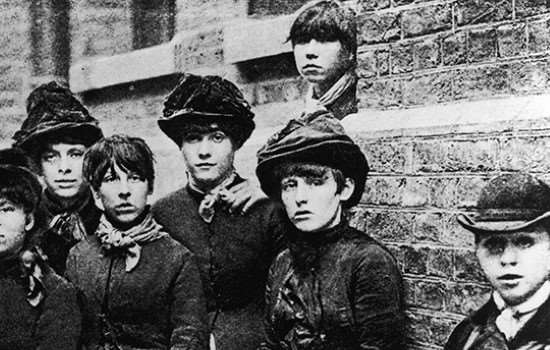
The Match Girls’ Strike
Read about one of the most important strikes in modern British history, which took place at the Bryant and May match factory in 1888.
More about Victorian England
-
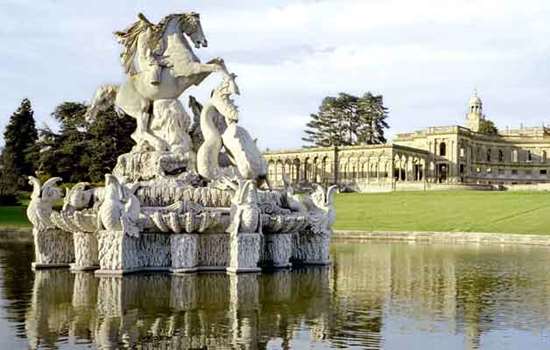
Victorian Architecture
The architectural profession is largely a Victorian creation. From the 1820s, architects began to experiment with a profusion of styles.
-
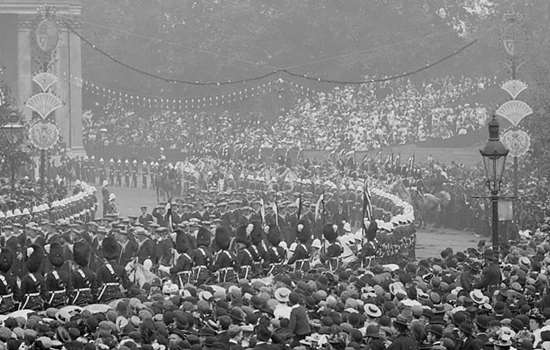
Victorian Power and Politics
Although England in the late 1830s was still ruled by a propertied upper class, there had long been a degree of social mobility.
-
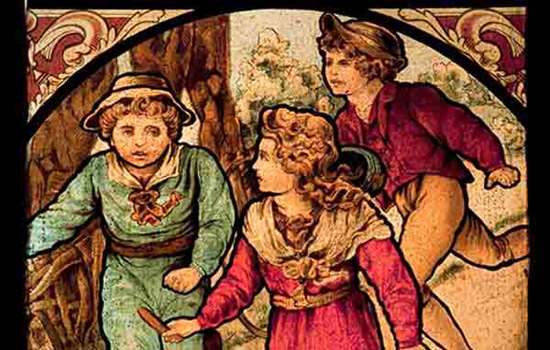
Victorian Daily Life
Although the Victorian era was a period of extreme social inequality, industrialisation brought about rapid changes in everyday life.
-
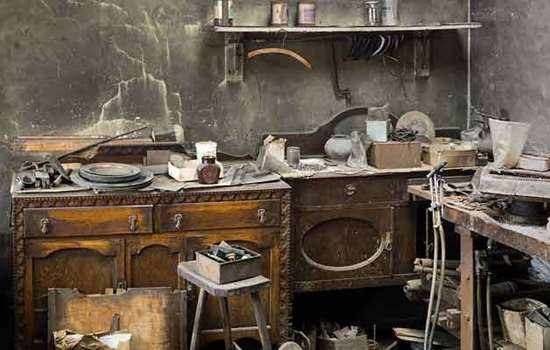
Victorian Commerce
Overseas trade and an extensive commercial infrastructure made Britain in the 19th century the most powerful trading nation in the world.
-
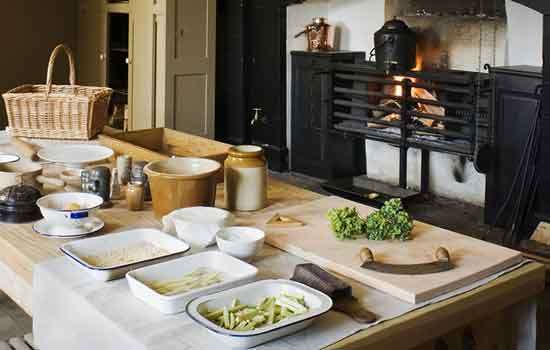
Victorian Food and Health
In the Victorian period the growth of the railways made it possible to transport food to markets. But there was still no cure for most diseases and life expectancy remained low.
-
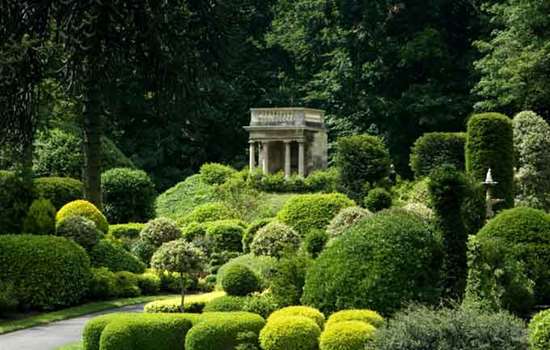
Victorian Parks and Gardens
An extraordinary number of innovations in the study and cultivation of plants were made during the Victorian period. Meanwhile, gardening became a national obsession.
-
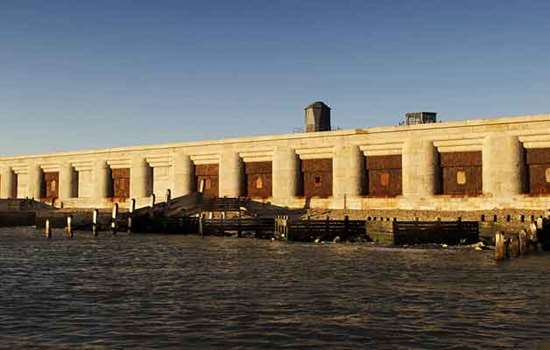
Victorians: War
Victorian Britain was both the greatest power in the world and the least militarised. Its military shortcomings were starkly revealed by the disastrous Crimean and Boer Wars.
-

Victorian Religion
The Victorian era saw the Church of England become increasingly only one part of a vibrant and often competitive religious culture.